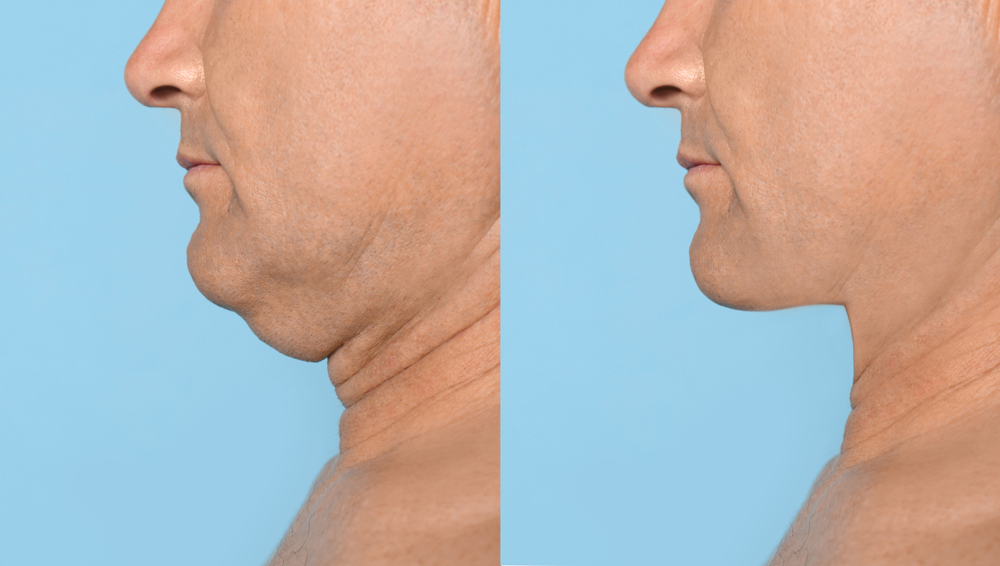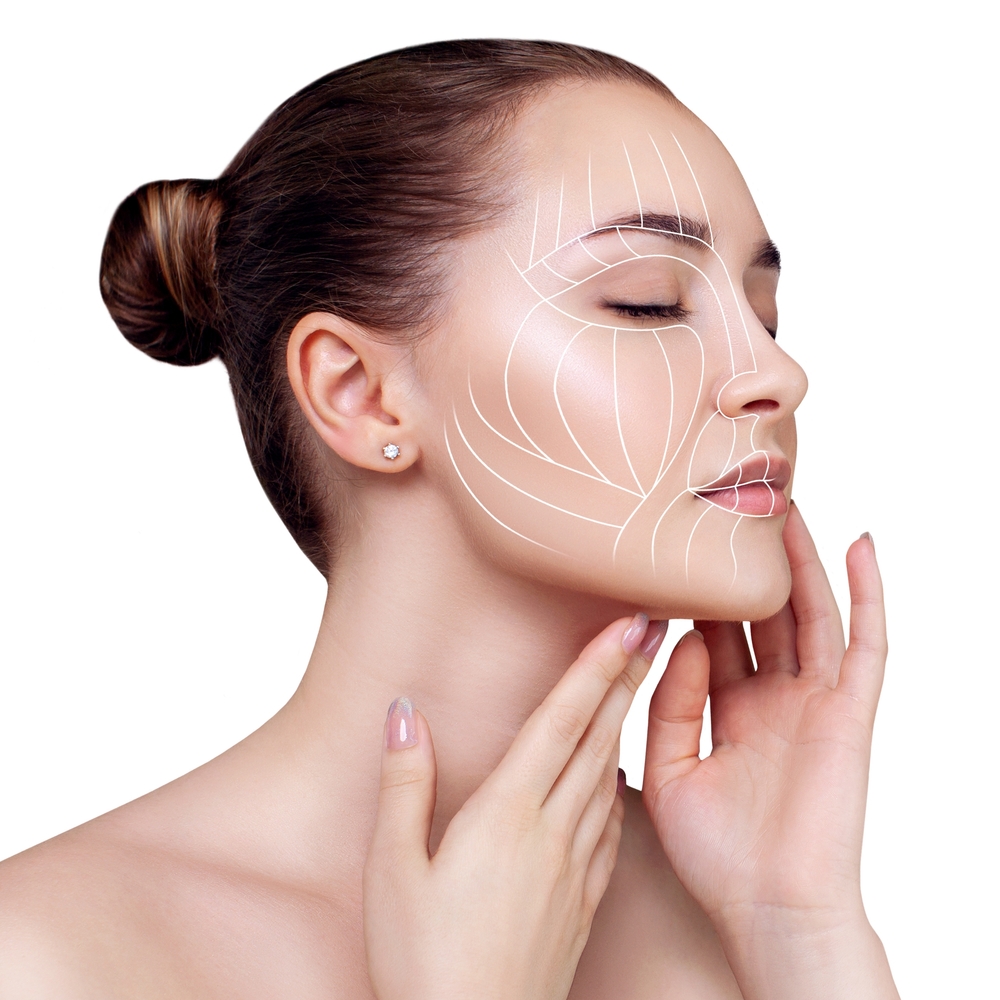What is Skin Cancer? 
Skin cancer is an abnormal growth of skin cells typically caused by the sun’s harmful rays or tanning bed use. It is the most common cancer in the United States with millions of cases diagnosed annually. Gratefully, it is also one of the most preventable cancers and is easily treated when found early.
The most common types of skin cancer are basal cell carcinoma, squamous cell carcinoma and melanoma.
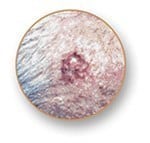
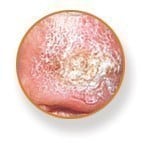
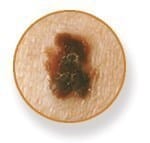
Treatment options for skin cancers include Mohs surgery (explained below), excisional surgery, x-ray, curettage, and freezing (cryosurgery). The type, location and characteristics of the skin cancer dictate treatment options. It’s important to get your annual full skin exam just as you would your regular physicals, vision checks, and dental cleanings to ensure that there are no suspicious areas of concern and so that your Dermatologist can monitor any new or existing findings. It is also recommended to do at home checks to see if you notice any changes. Check out this video to see the AAD’s recommendations on checking for skin cancer at home.
What causes Skin Cancer?
Cumulative sun exposure is the single most important factor associated with the development of skin cancers. Fair-skinned people often develop skin cancers more frequently than those with darker skin tones. Skin cancers also tend to be hereditary and may occur more commonly in certain families. Other possible factors contributing to the development of skin cancer include prior x-ray treatment, trauma, smoking, tanning bed use, immunosuppression, and certain chemicals.
Is Skin Cancer Dangerous?
BCC and SCC grow slowly at their point of origin and usually do not spread to distant parts of the body. If not completely removed, both types can eventually cause problems such as bleeding, pain, local destruction of tissue, distant spread and death. Compared to other types of cancer, basal cell carcinoma and squamous cell carcinoma are far less serious as long as they are treated in a timely manner.
Melanoma can be life threatening if not treated early. It usually appears as a brownish-black spot on the skin which often enlarges, grows or changes. They can also begin as normal moles which have been present for years. With these, it is important to monitor for changes in texture, color, and border.
What is Mohs Surgery?
Mohs surgery is a specialized technique for the precise removal of skin cancer. It is the treatment of choice for difficult and recurrent skin cancers or those located on the scalp, face, neck, hands, feet and genitalia.
Mohs Surgery is performed in the office (not an operating room). To perform Mohs surgery, the site is locally numbed with an injected anesthetic. The surgeon excises the visible portion of the skin cancer and carefully studies ALL of the margins. If any of the margins shows residual tumor, the surgeon repeats the process above until the cancer is completely removed. Once all of the margins are free of cancer, options for healing/stitches are discussed. This precise and careful surgical technique gives us an impressively high cure rate that approaches 99% for most tumors.
If you haven’t had a full skin exam and would like to schedule, contact our team to get your Full Skin Exam done today!





